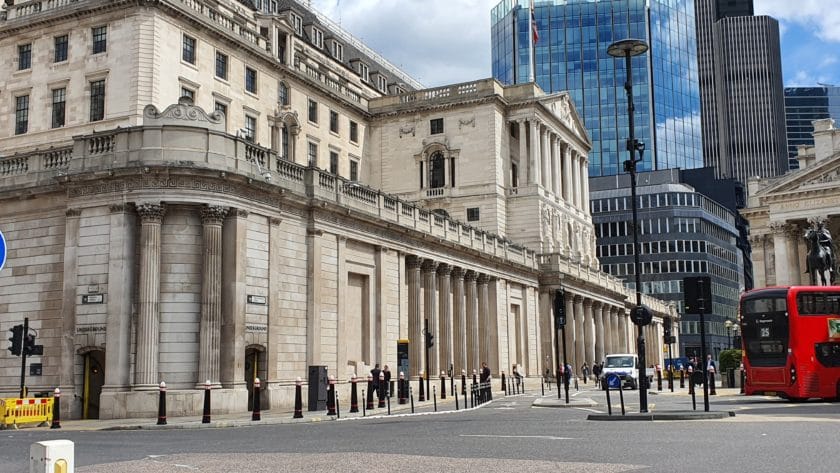The Bank of England kept the interest rate at 5.25% this week. However, the Monetary Policy Committee members were split over which way to go, with three voting to keep the rate on hold, two voting to raise the rate and one to cut it.
This, says Luke Bartholomew, senior economist, abrdn, “shows how finely balanced the outlook on the UK economy is at the moment.
“Clearly most of the Monetary Policy Committee still think inflation risks are skewed to the upside and so want to push back against market speculation about an imminent rate cut. It seems like the re-indexation in many wages and prices this April will be a key waymark for interest rates. If this sees a re-acceleration in inflation pressure, then policy will need to be restrictive for longer.”
While there is a central case in investment thesis across the markets that the Bank of England will look to cut interest rates soon, inflation numbers released recently has put paid to that, says. Abhi Chatterjee, chief investment strategist at Dynamic Planner.
“Wages have remained strong, and while energy and food prices have fallen from their peak last year, prices remain approximately 15% higher from where they were a year ago. While the business cycle in the country remains strong with the manufacturers expecting output to increase on balance, consumer confidence remains weak, in spite of the latest uptick.
“All this indicates that the economy is not out of the woods yet and the expectations of cuts in the interest rates would be slightly premature.”
The full impact of geopolitical issues around the Suez and the Red Sea, he suggests, have yet to be felt and will create inflationary pressures. “Much as we would like interest rates to be lower, we will have to make do with the current level of interest rates for the near future.”
Susannah Streeter, head of money and markets at Hargreaves Lansdown also believes inflation will keep the BoE rate higher and for longer.
“Interest rate cuts are still in the pipeline this year, but it’s clear they’ll take a bit more time to flush out. Inflation is expected to return to 2% in the middle of this year – but not for long. It’s expected to rise again in the second half of the year. The Bank of England didn’t waver from the line that monetary policy would have to ‘remain restrictive’ for ‘an extended period of time’ until inflation is ‘sustainably’ at 2%.”
But, she argues, much of the broader economic picture adds weight to the argument for cuts.
“Growth has been stagnant, and it’s likely the economy tipped into a very mild recession at the end of 2023, with companies and consumers showing a lot more caution in their spending patterns. Discounting in January helped push down shop price inflation to the lowest rate since May 2022.
“Company insolvencies have shot up as the era of high interest rates has bedded in and amid worries about an uncertain economic outlook, underlying price pressures have shown signs of easing, with high wage growth dropping back a little. Inflation has also fallen faster than the Bank forecast back in November, despite the bump in December.
“However, pay rises are still threatening to stay hotter than the Bank of England wants and even though energy bills are forecast to drop sharply in April, the creeping rise in crude prices, sparked by widening conflicts, is still a bubbling worry. The risk is that companies will pass on higher costs, with the British Retail Consortium warning this week that geopolitical tensions will also add to uncertainty and costs in supply chains. Business activity has found better form since the start of this year, with the PMI snapshot showing an expansion in January.
“The Bank’s policymakers are highly unlikely to make a move before the March Budget, given that voter sweeteners like tax cuts and duty freezes could see demand in the economy tick up. The impact of delays to imported goods re-routed from the Red Sea is still uncertain, and could tip some prices upwards.”
Bartholomew, however, expressed greater hope of cuts earlier than others are anticipating. He said: “If, as we expect, inflation falls sharply by the middle of the year, we think this will provide the all-clear for cuts to begin. And given the weak growth environment, when cuts do start, they’re likely to be quite rapid.”






























